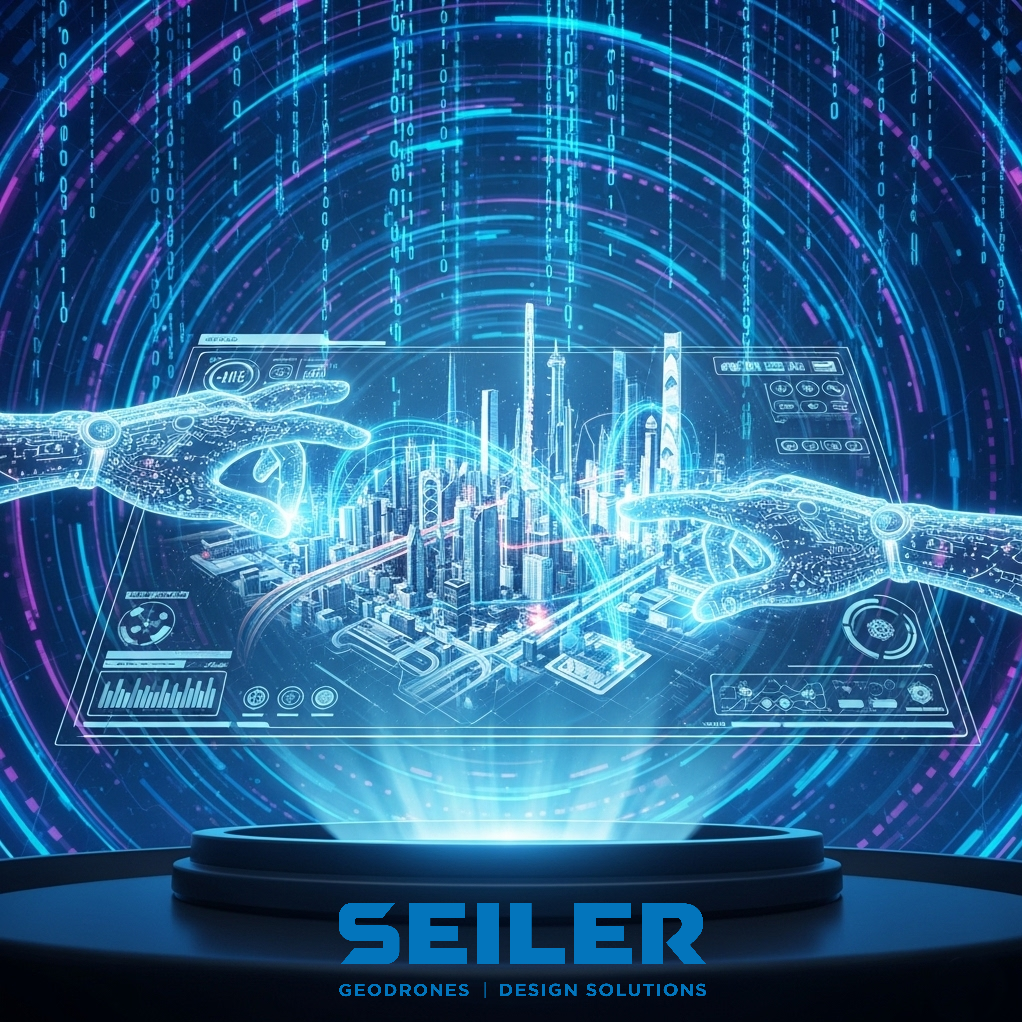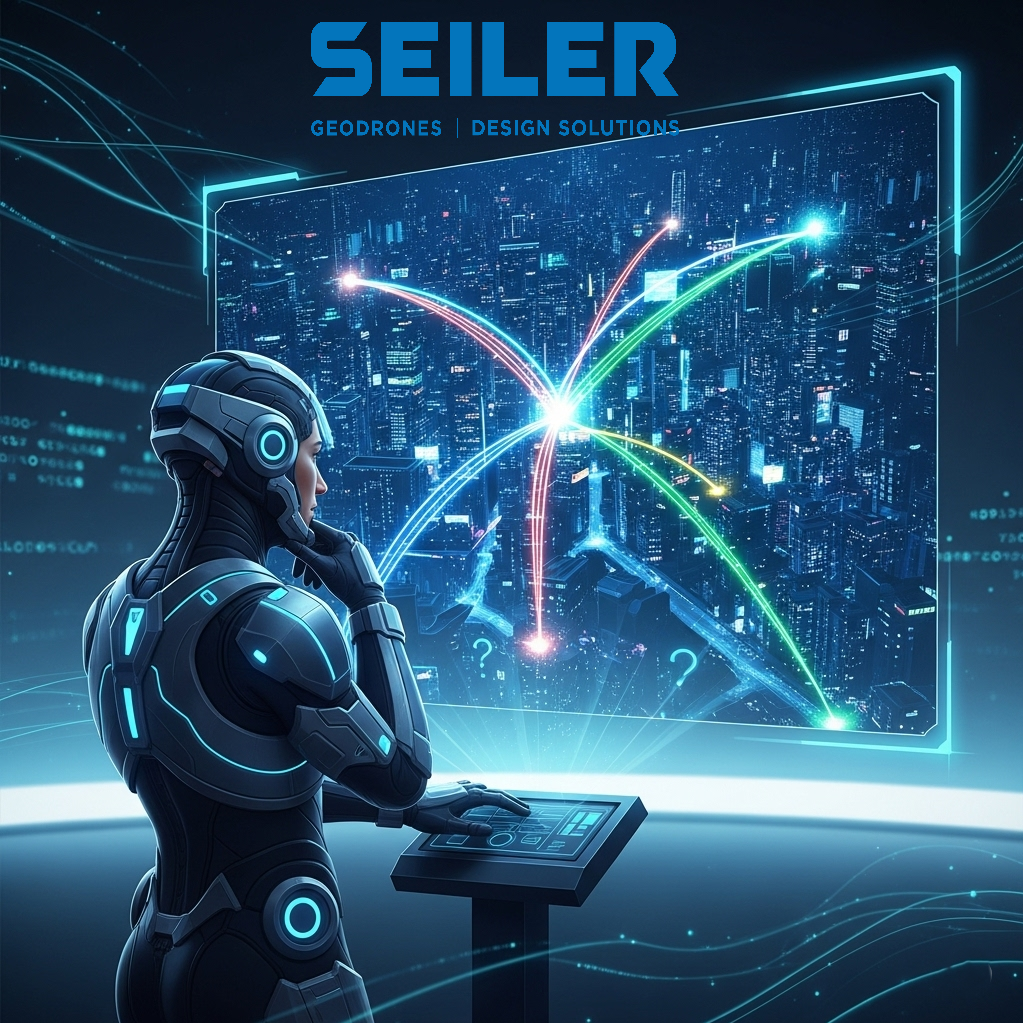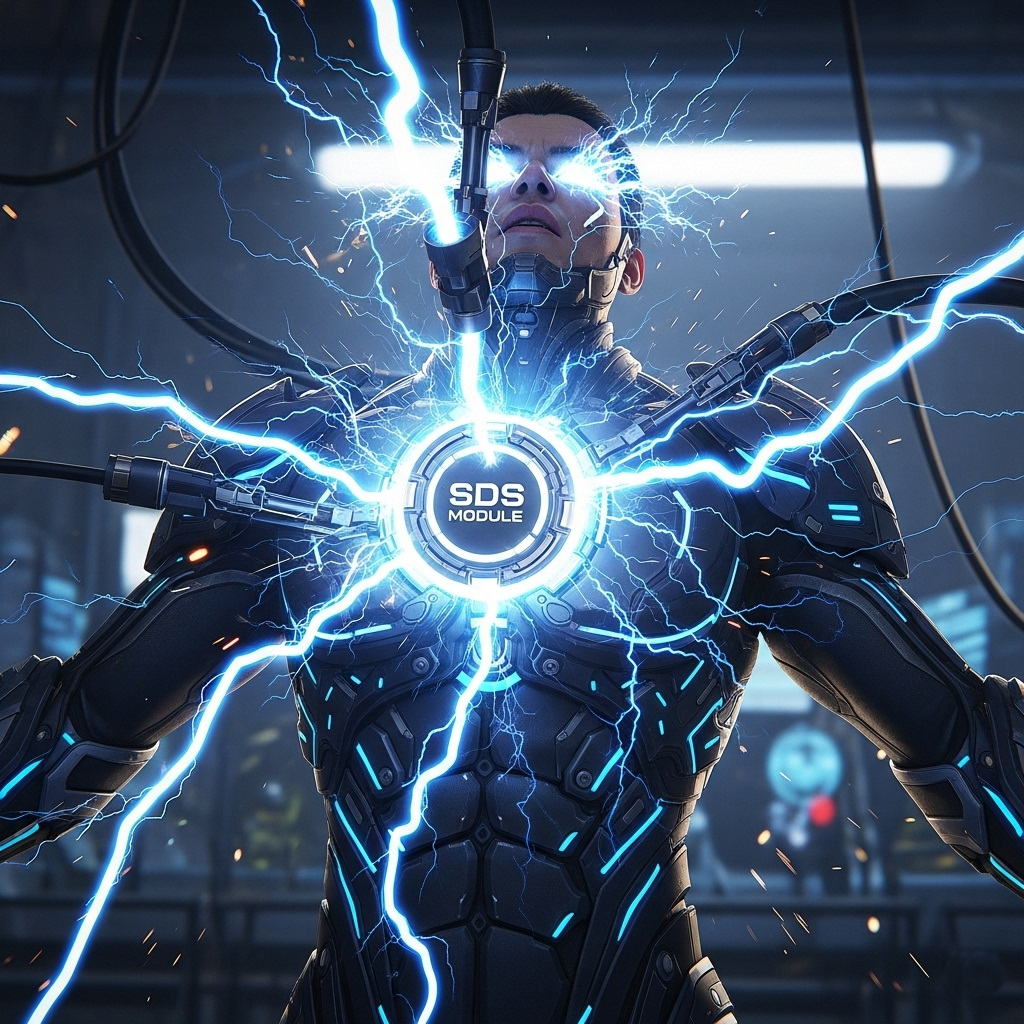🎮Hey BIM enthusiasts and future Digital Twin trailblazers! Ready to embark on an epic quest to transform your AEC projects? Forget wrestling through endless spreadsheets and static documents. Today, we’re diving into the exciting world of Autodesk Tandem, your ultimate tool for crafting living, breathing Digital Twins.
Think of your favorite video game. What makes it engaging? It’s the immersive world, the clear objectives, the ability to track your progress, and the power to interact with the environment. That’s precisely what Autodesk Tandem brings to your AEC workflow, turning your project lifecycle into a dynamic and adventurous game! So, grab your virtual controller, and let’s hit “New Game” on your Digital Twin journey!

Character Creation: Defining Your Digital Twin Assets 👤
In any good video game, you start by creating your character. In Autodesk Tandem, our characters are the assets within your project. These can be anything from structural elements like beams and columns to MEP systems like HVAC units and electrical panels.
What to Expect: You’ll connect Tandem to your existing BIM models (primarily Revit, but it also supports IFC files). Tandem intelligently ingests the data, essentially scanning your virtual world for all the interactable objects. You’ll see a list of your assets, each with its own set of properties and parameters – think of these as your character’s stats and inventory!
Game Analogy: This is like the character creation screen where you define your hero’s attributes: strength, agility, intelligence. In Tandem, you’re defining the essential information for each building component.
Level 1: Mapping the Terrain – Establishing Connections and Context 🗺️
Once you have your characters (assets), it’s time to explore the game world. In Tandem, this means establishing connections and context between your assets. How are they related? Where are they located?
What to Expect: You’ll use Tandem’s intuitive interface to link assets to their physical locations within the building. You can also create relationships between them – for example, connecting an air handling unit to the specific zones it serves, or linking a pump to the piping system it’s part of. This builds a rich, interconnected data model.
Game Analogy: This is like exploring the game map and understanding how different areas and characters are connected. Knowing that the blacksmith (HVAC tech) is located near the mine (MEP room) is crucial for your quest (project maintenance).
Level 2: Quest Acceptance – Defining Your Digital Twin Objectives 📜
Every good game has quests – tasks and objectives that drive the gameplay. For your Digital Twin, these are the use cases you want to enable. What questions do you want your Digital Twin to answer? What insights do you need?
What to Expect: You’ll define specific objectives for your Digital Twin. This could include:
- Asset Performance Monitoring: Tracking the energy consumption of your HVAC system in real-time.
- Preventative Maintenance: Scheduling maintenance based on asset usage and condition data.
- Space Management: Understanding occupancy levels and optimizing space utilization.
- Operational Efficiency: Identifying bottlenecks and areas for improvement in building operations.
Game Analogy: This is like accepting quests from NPCs (stakeholders) – “I need to monitor the building’s energy usage” or “I want to know when the air filters need replacing.”
Level 3: Gathering Resources – Integrating Real-World Data 🎒
To complete your quests, you’ll often need to gather resources. For a Digital Twin, these resources are real-world data coming from various sources.
What to Expect: This is where Tandem truly shines. You can connect it to various data streams, including:
- Building Management Systems (BMS): Real-time data on temperature, humidity, energy consumption, etc.
- IoT Sensors: Data from occupancy sensors, environmental monitors, and other connected devices.
- Maintenance Logs: Historical records of repairs and maintenance activities.
- Operational Data: Information on space usage, equipment run times, etc.
Game Analogy: This is like collecting items and resources in the game world that you’ll need to complete your quests – gathering herbs for a potion (energy data for analysis) or finding a key to unlock a new area (accessing sensor data).

Level 4: Crafting Your Tools – Building Dashboards and Visualizations 🛠️
In a video game, you use your collected resources to craft powerful tools and equipment. In Tandem, you’ll use your integrated data to build insightful dashboards and visualizations.
What to Expect: Tandem provides tools to create custom dashboards that display key performance indicators (KPIs), trends, and alerts. You can visualize asset performance, track maintenance schedules, and gain a clear understanding of your building’s operation.
Game Analogy: This is like crafting a powerful sword (a performance dashboard) that helps you defeat enemies (inefficiencies) or creating a detailed map (a space utilization visualization) to navigate the game world effectively.
Boss Battle: Problem Solving and Optimization ⚔️
The ultimate challenge in any game is often the boss battle. In the world of Digital Twins, this translates to problem-solving and optimization.
What to Expect: By having a comprehensive and up-to-date Digital Twin in Tandem, you can:
- Diagnose issues faster: Quickly identify the root cause of problems by analyzing real-time and historical data.
- Optimize building performance: Identify areas where energy consumption can be reduced or operational efficiency can be improved.
- Make informed decisions: Base your decisions on data-driven insights rather than guesswork.
- Improve collaboration: Share the Digital Twin with stakeholders for better communication and coordination.
Game Analogy: This is like facing the final boss armed with all your skills and equipment (the insights from your Digital Twin) to overcome a major challenge (a critical building malfunction or a need for significant energy savings).

Leveling Up: Continuous Improvement and Future Potential ✨
The beauty of a Digital Twin is that it’s not a one-time achievement. Just like a dynamic video game that receives updates and expansions, your Digital Twin will continue to evolve and provide value throughout the building lifecycle.
What to Expect: As you gather more data and refine your use cases, your Digital Twin will become even more powerful. Future potential includes integrating AI-powered analytics, predictive maintenance capabilities, and even augmented reality experiences for on-site operations.
Game Analogy: This is like leveling up your character, unlocking new skills and abilities (advanced analytics and predictive capabilities), and exploring new expansions to the game world (integrating more data sources and use cases).
So, are you ready to level up your AEC projects and embark on the exciting adventure of building Digital Twins with Autodesk Tandem? It’s time to ditch the static blueprints and embrace a dynamic, data-driven future. Get in the game – your building is waiting! 🚀 Feel free to contact us with your Digital Twin workflow needs!


Leave A Comment